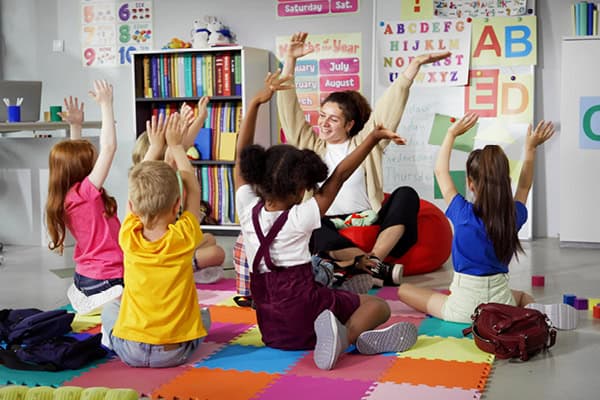Bad student behavior “continues to escalate,” said Matt Cretsinger, director of special services for the Marshalltown Community School District, in an article in Education Next. “There are more behavioral needs than we’ve ever seen… it’s a shock to teachers.”
The numbers tell the story. “We’re suspending kids like there’s no tomorrow; we’re giving detentions even more than that,” said Russ Greene, a student behavior specialist. “We’re expelling to the tune of 100,000 students a year.” Corporal punishment is at 100,000 instances per year, restraint or seclusion is close to that, and school arrests total more than 50,000 per year, according to Greene.
Incrementally, a small but growing number of schools, teachers and administrators are changing how they handle misbehavior. With hundreds of research studies reporting that students who respond poorly to problems and frustrations are lacking skills, these schools are engaged in putting an end to punitive discipline. They want to take the focus off student behavior and train staff to recognize, and avoid, situations likely to fire up bad behavior.
If something is triggering outbursts from children, simply asking them to sit quietly at their desks or giving them a surprise quiz are examples of how teachers can find alternatives to accomplish what is needed.
Not blaming children for their outburst requires a paradigm shift that’s long overdue, according to some practitioners. Mona Delahooke, a pediatric psychologist, uses her own go-to phrase: “Children don’t throw tantrums, tantrums throw children.”
But old mindsets die hard. Even when people agree that suspensions and other punishments aren’t working, they fall back on these tools if an alternative can’t be found.
And the research is pretty clear about what works and what doesn’t. One study concluded that out-of-school suspensions for middle school students had a negative, not positive, effect on students’ future behavioral incidents. These students were more likely to be suspended in the future, the study found. Severely disciplining high school students “does not serve as a deterrent for future misbehavior” the same study concluded.
When disciplinary tactics have been reduced, it means a school has structured itself so those outcomes are not the default methods anymore. The focus shifts from the behavior of the student to identifying expectations the student is having a hard time meeting, and then engaging with students to solve those disconnects in one-on-one conversations.
Schools implementing any model that adheres to these non-discipline basics will need at least a year to train staff, allow them to practice methods, and provide coaching on their efforts.






